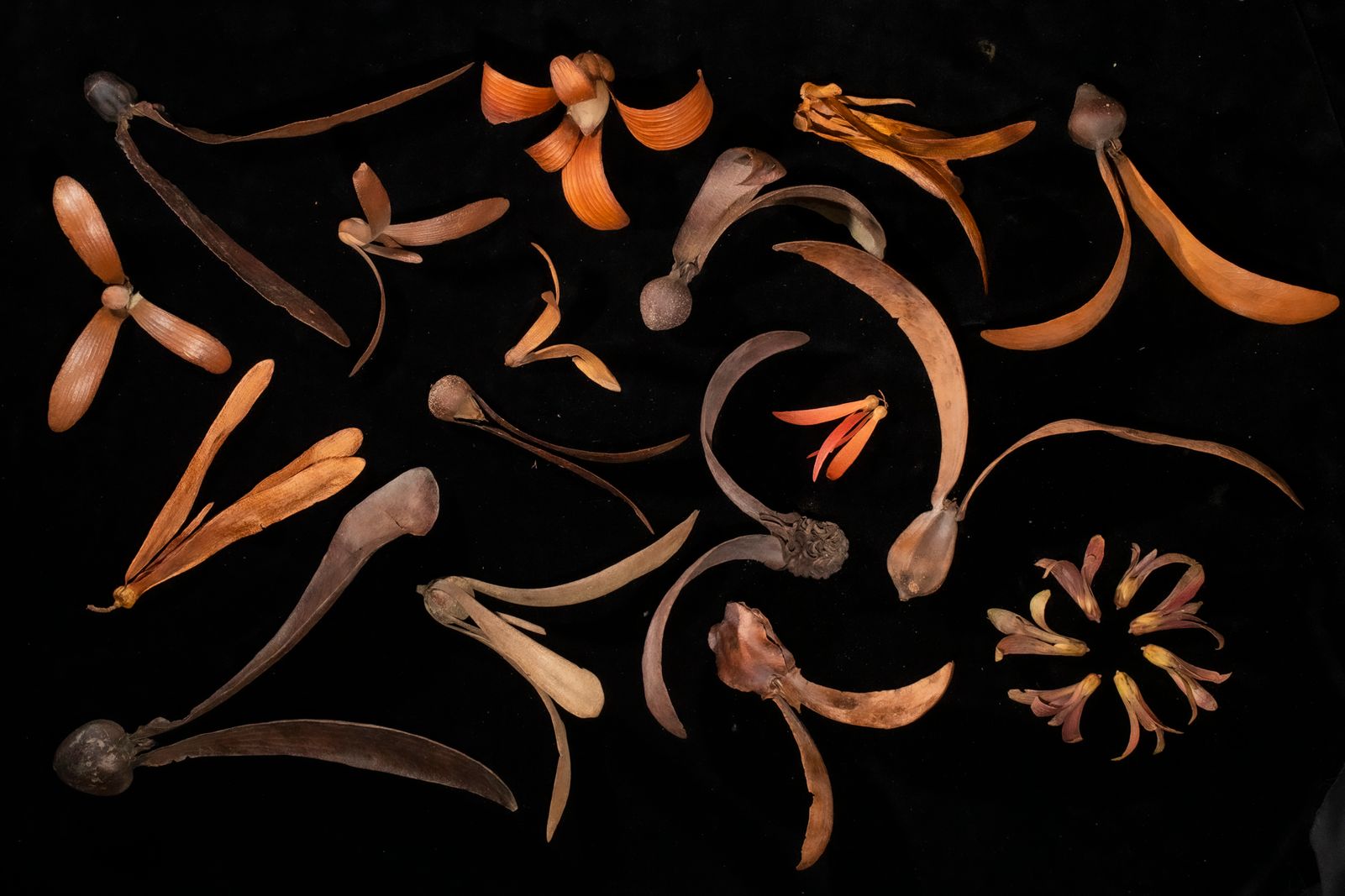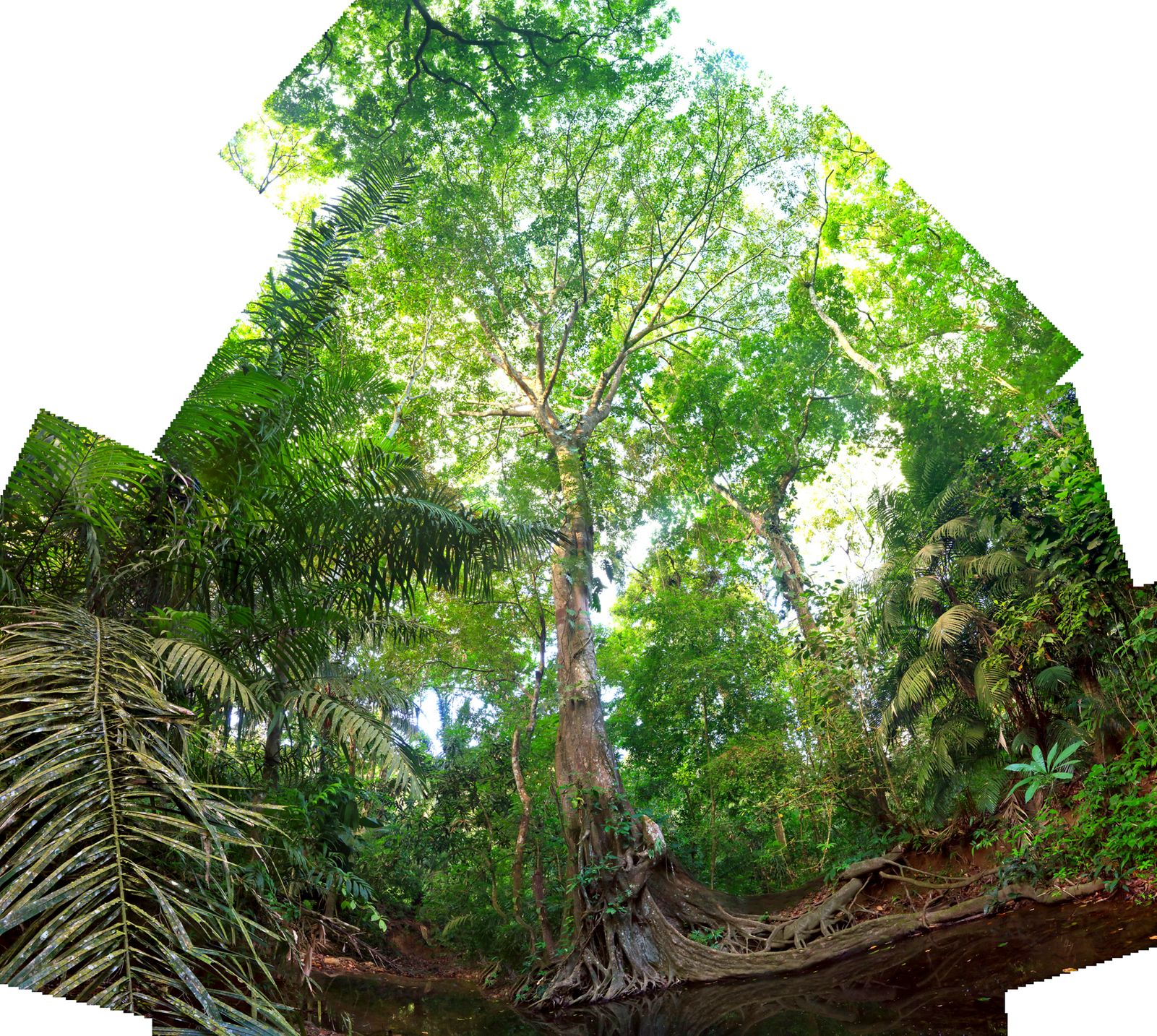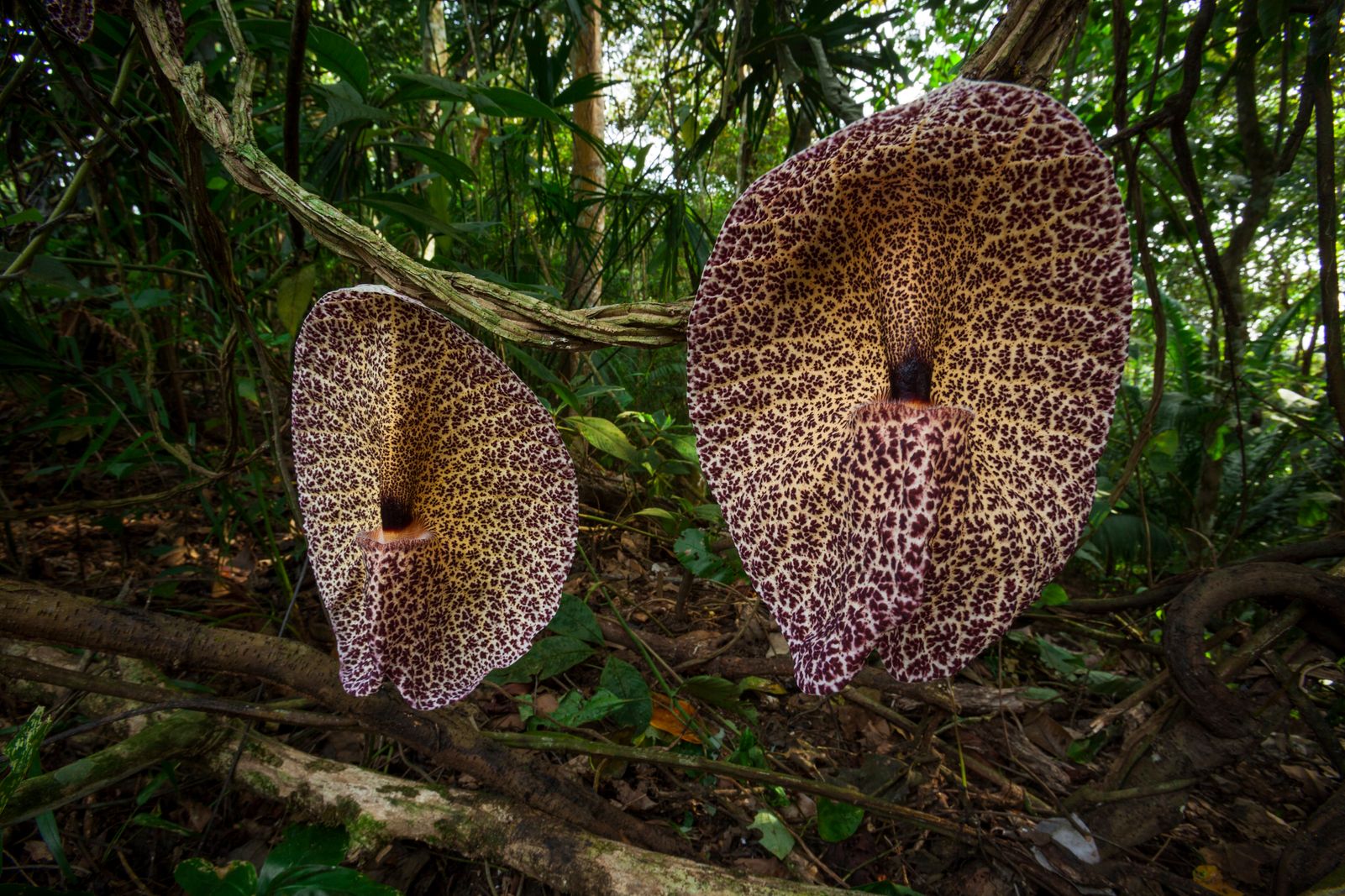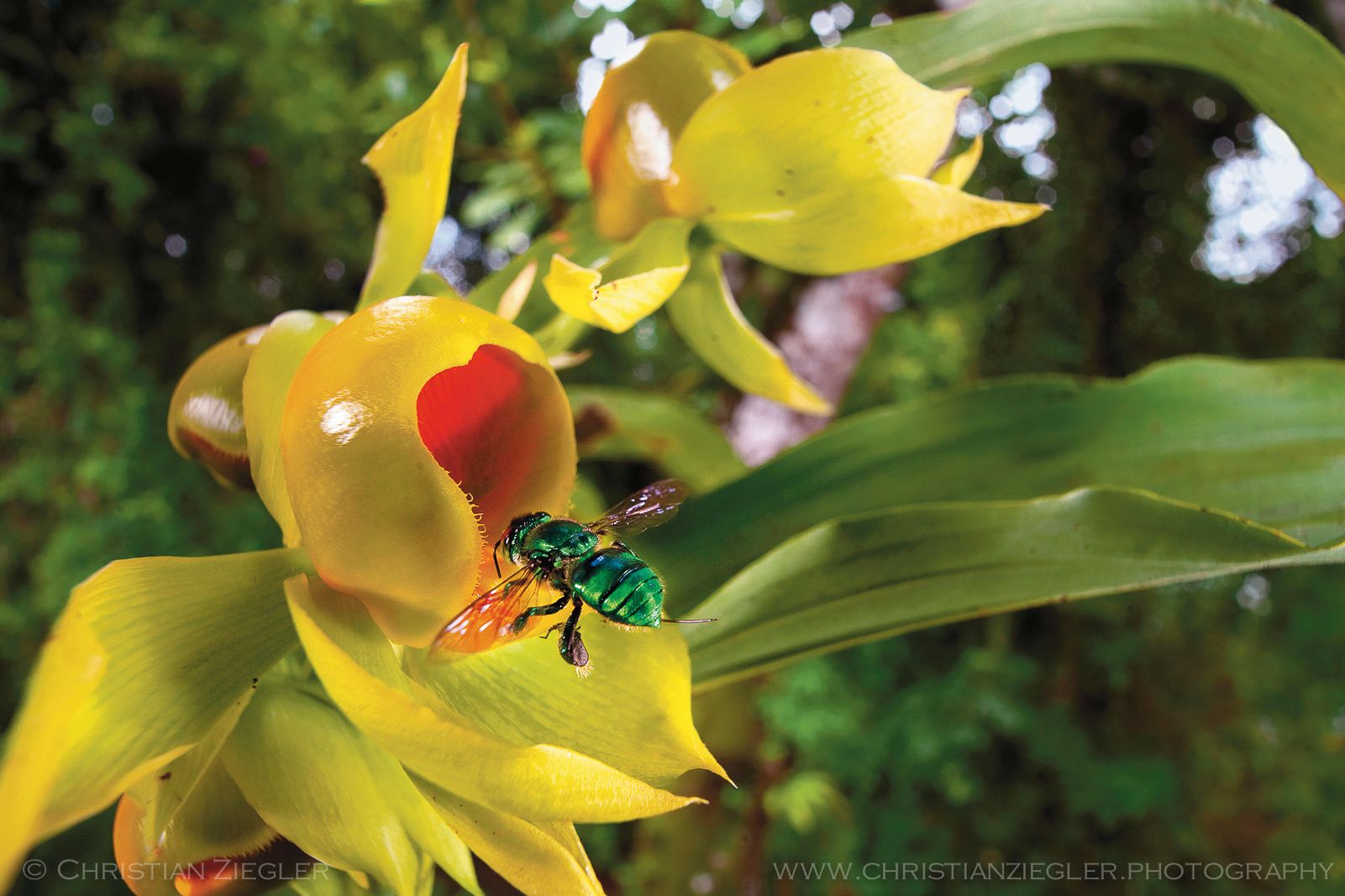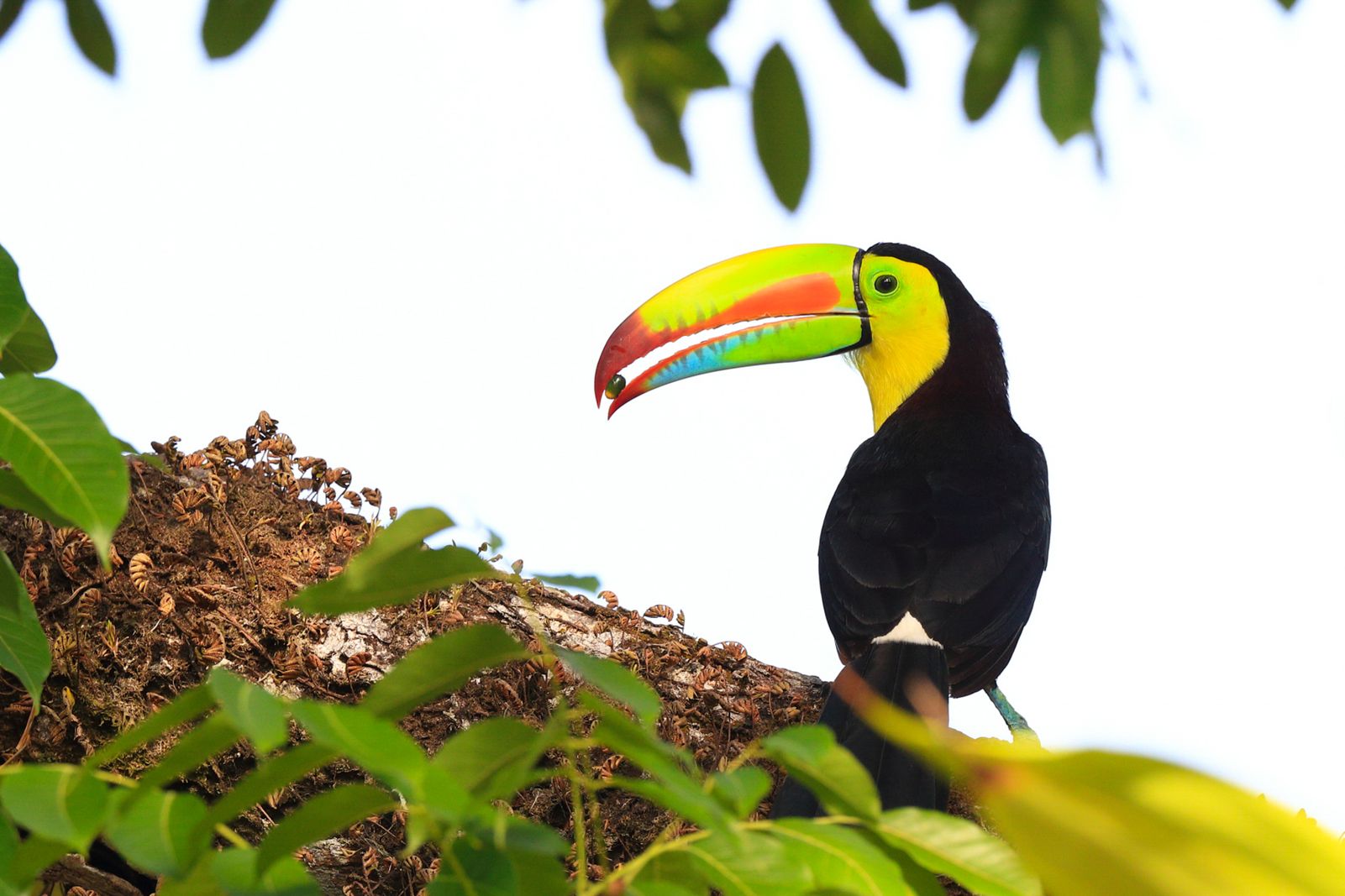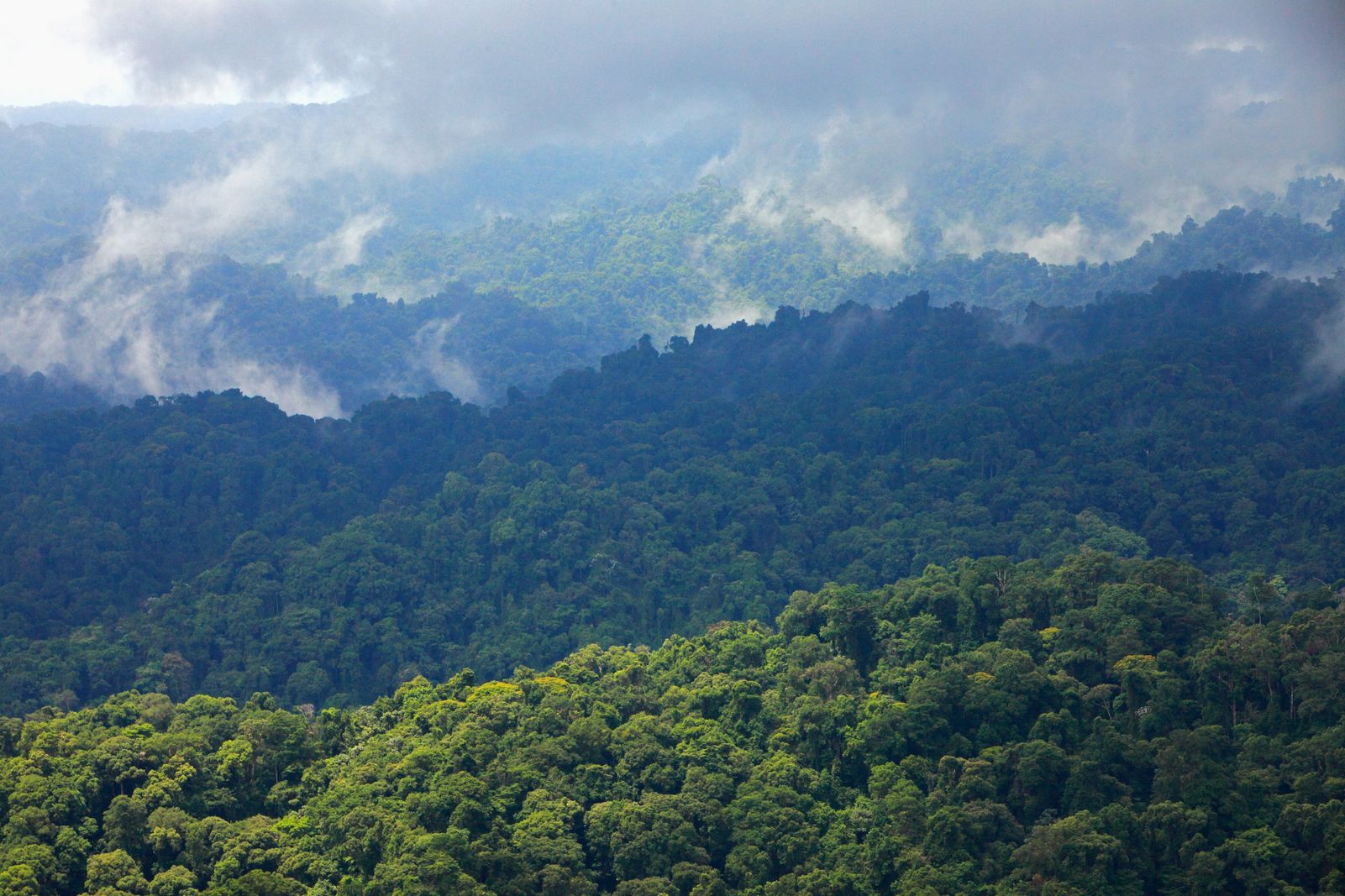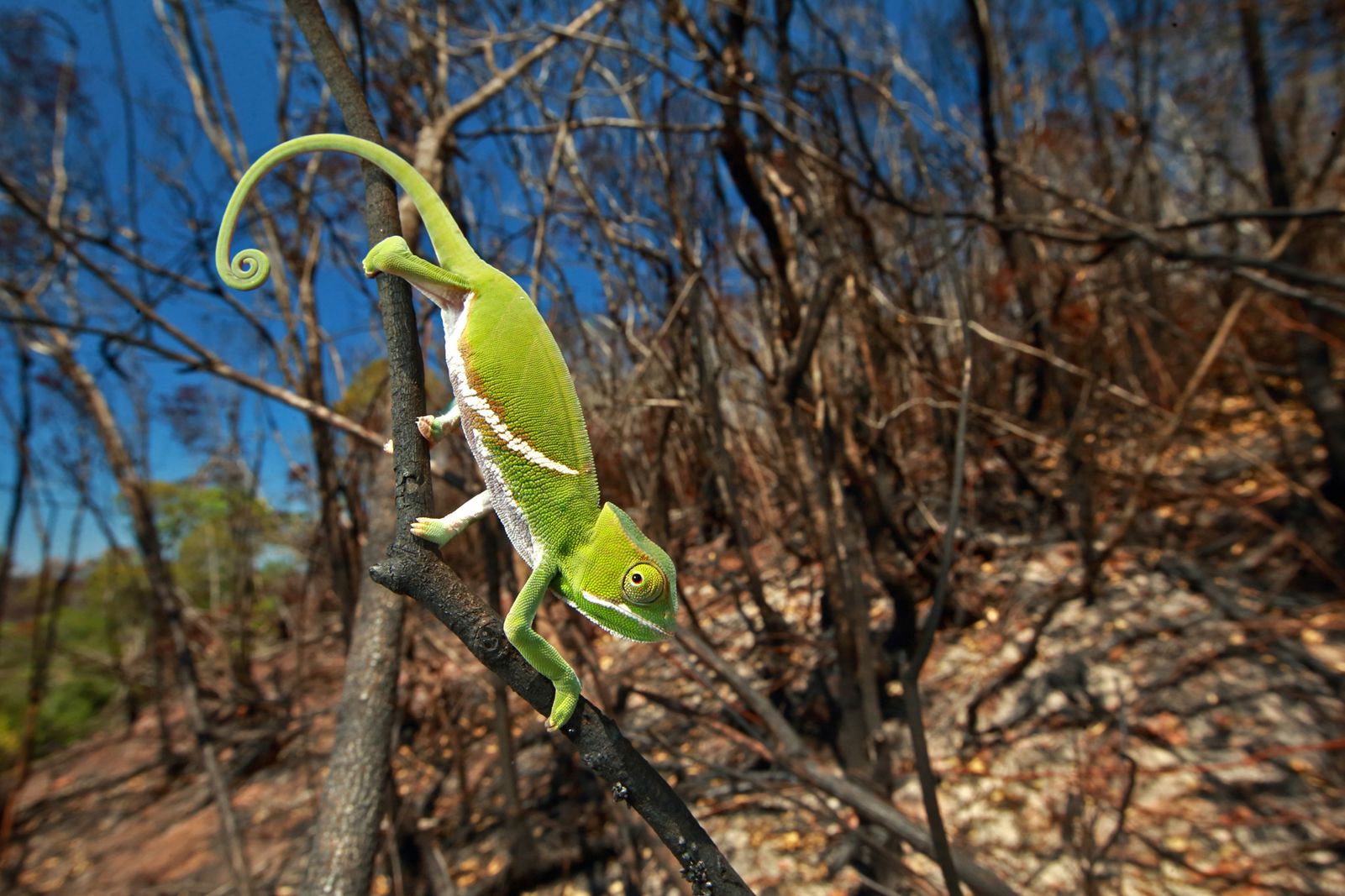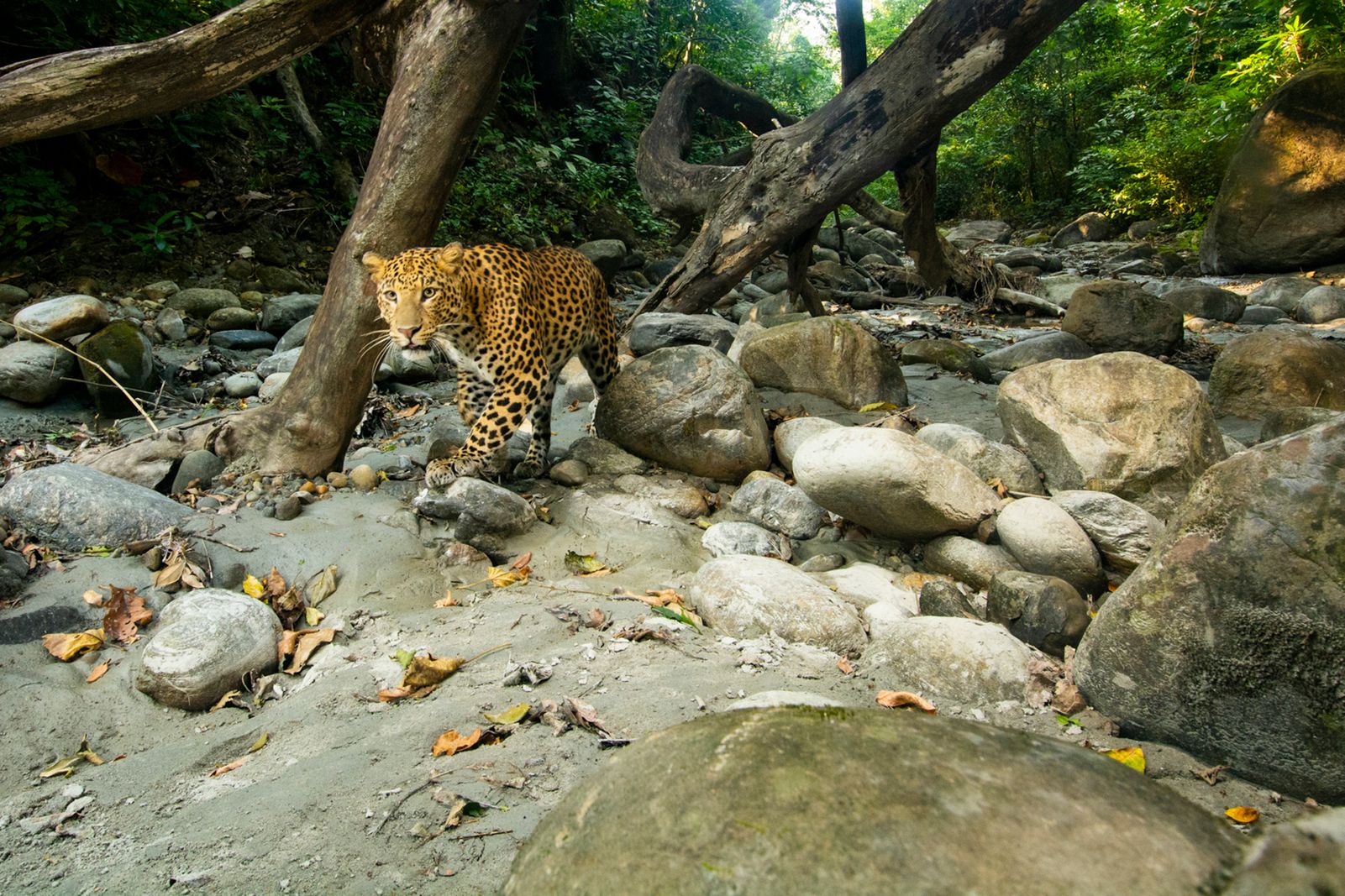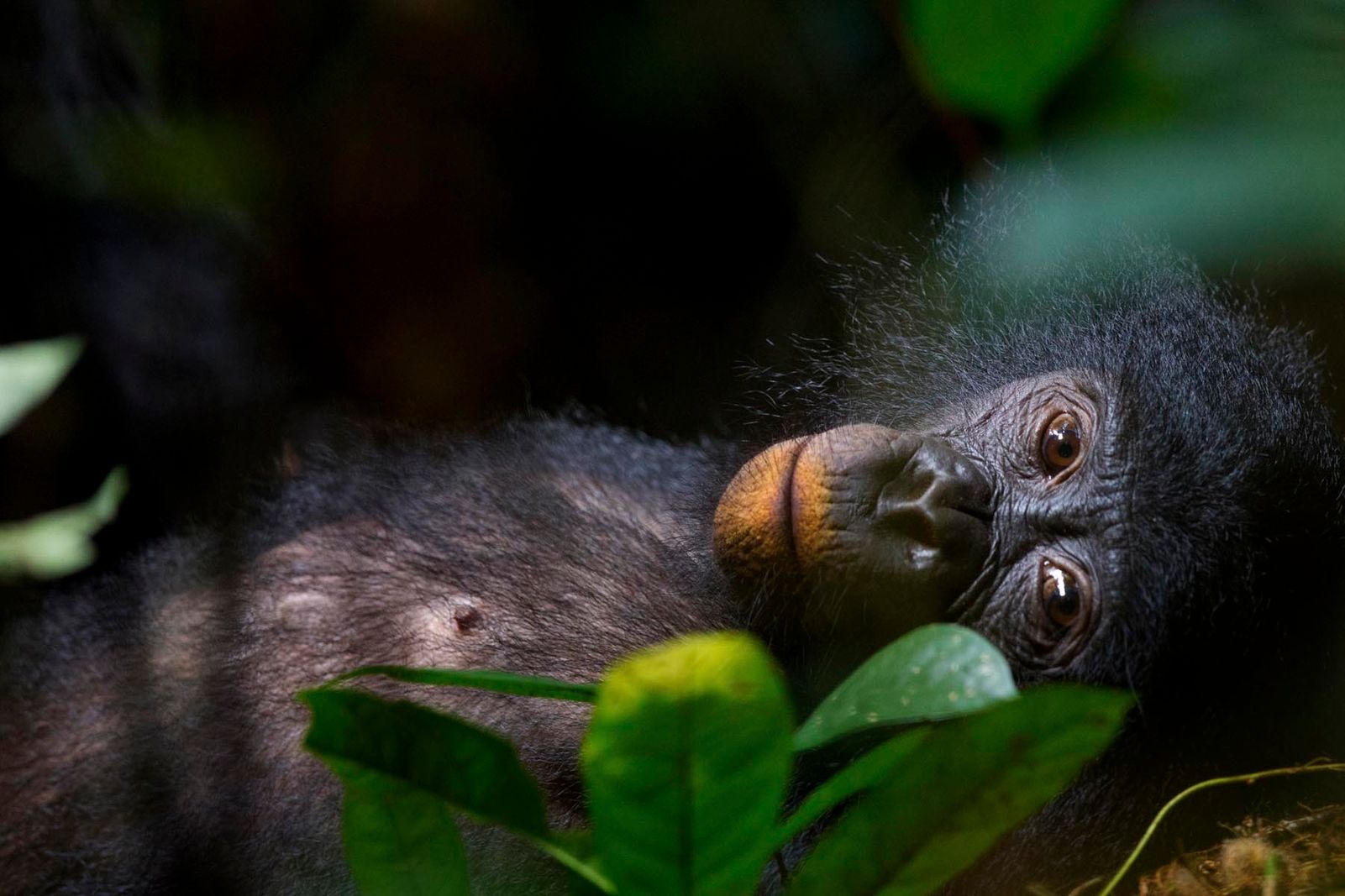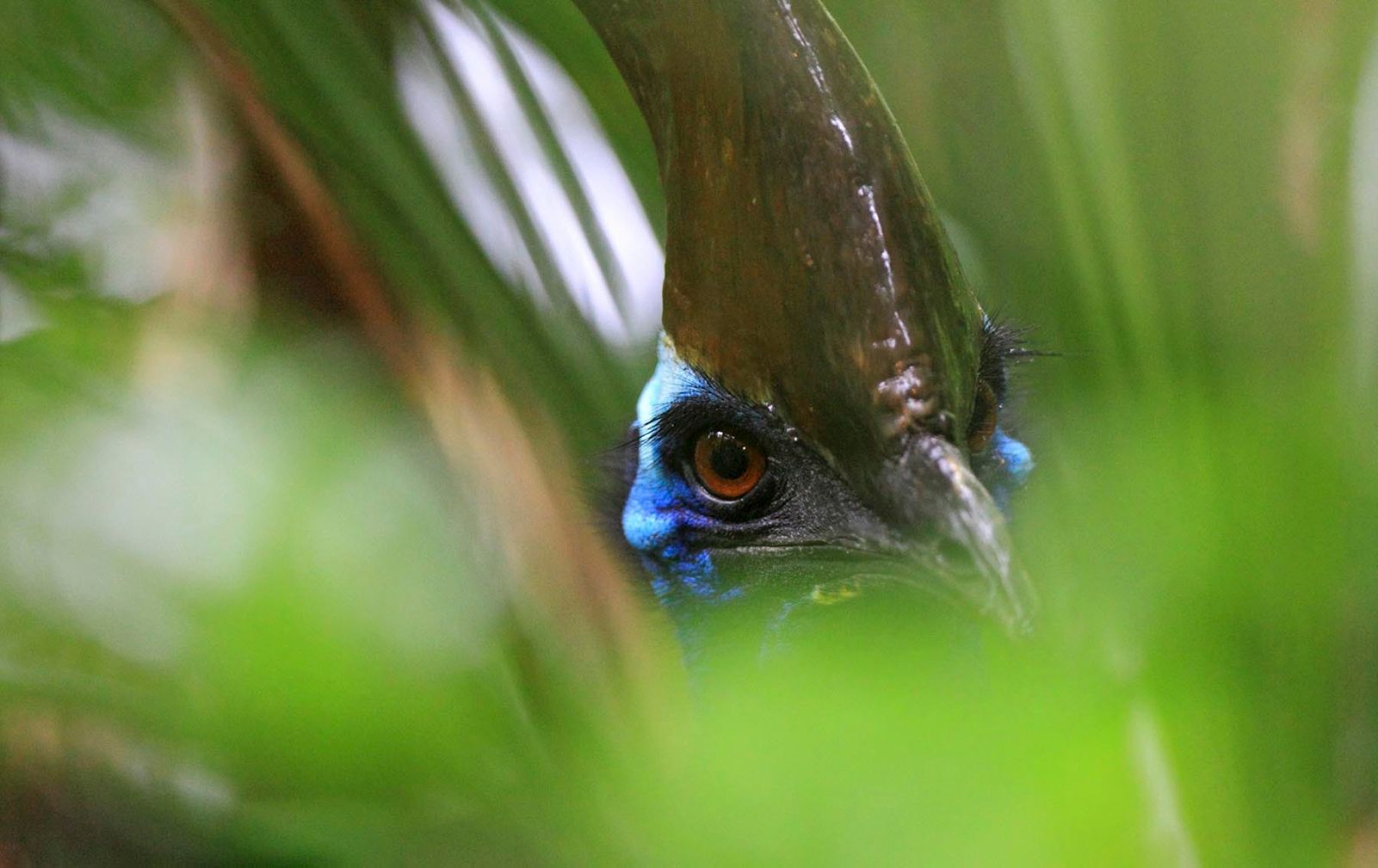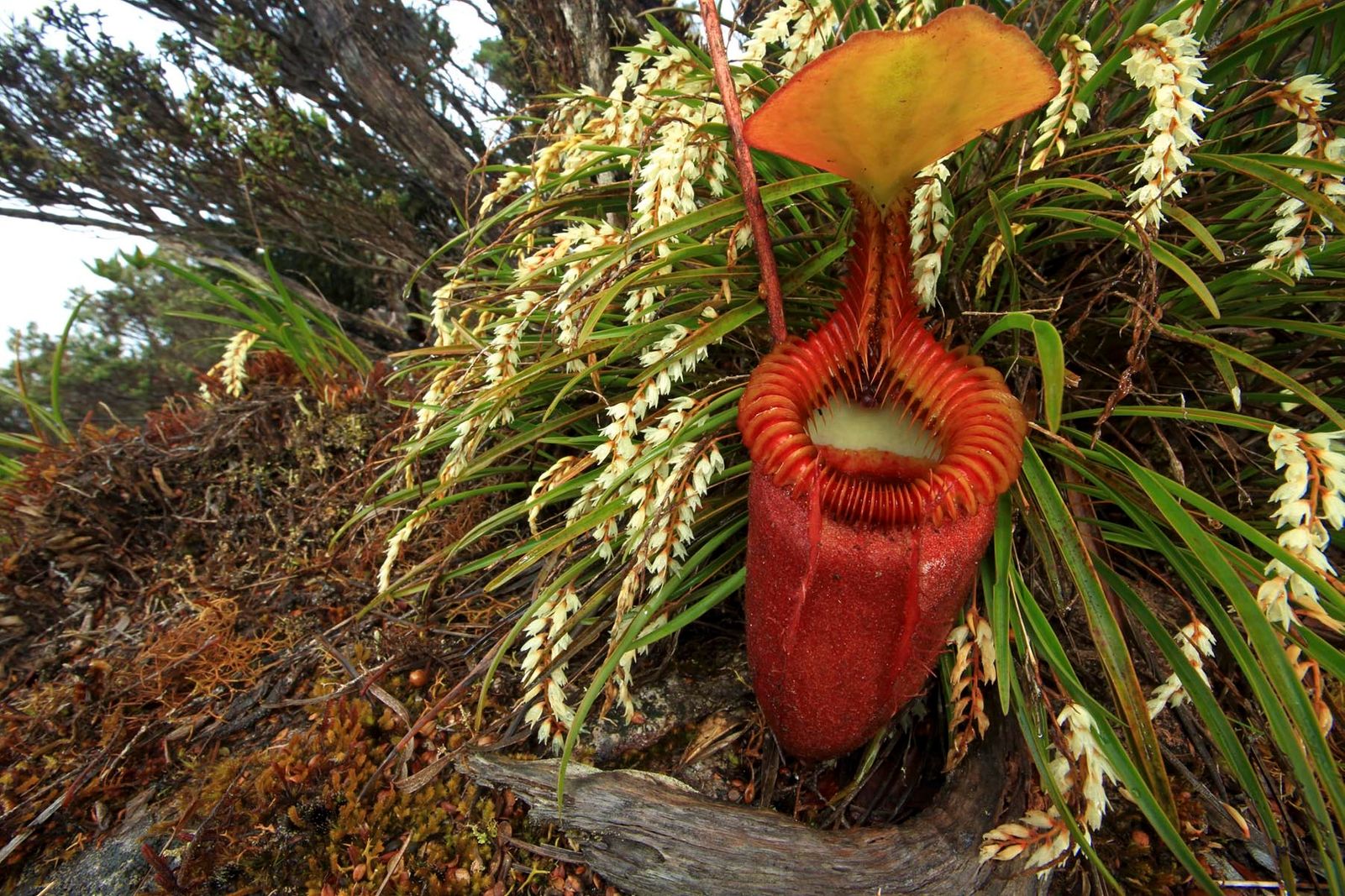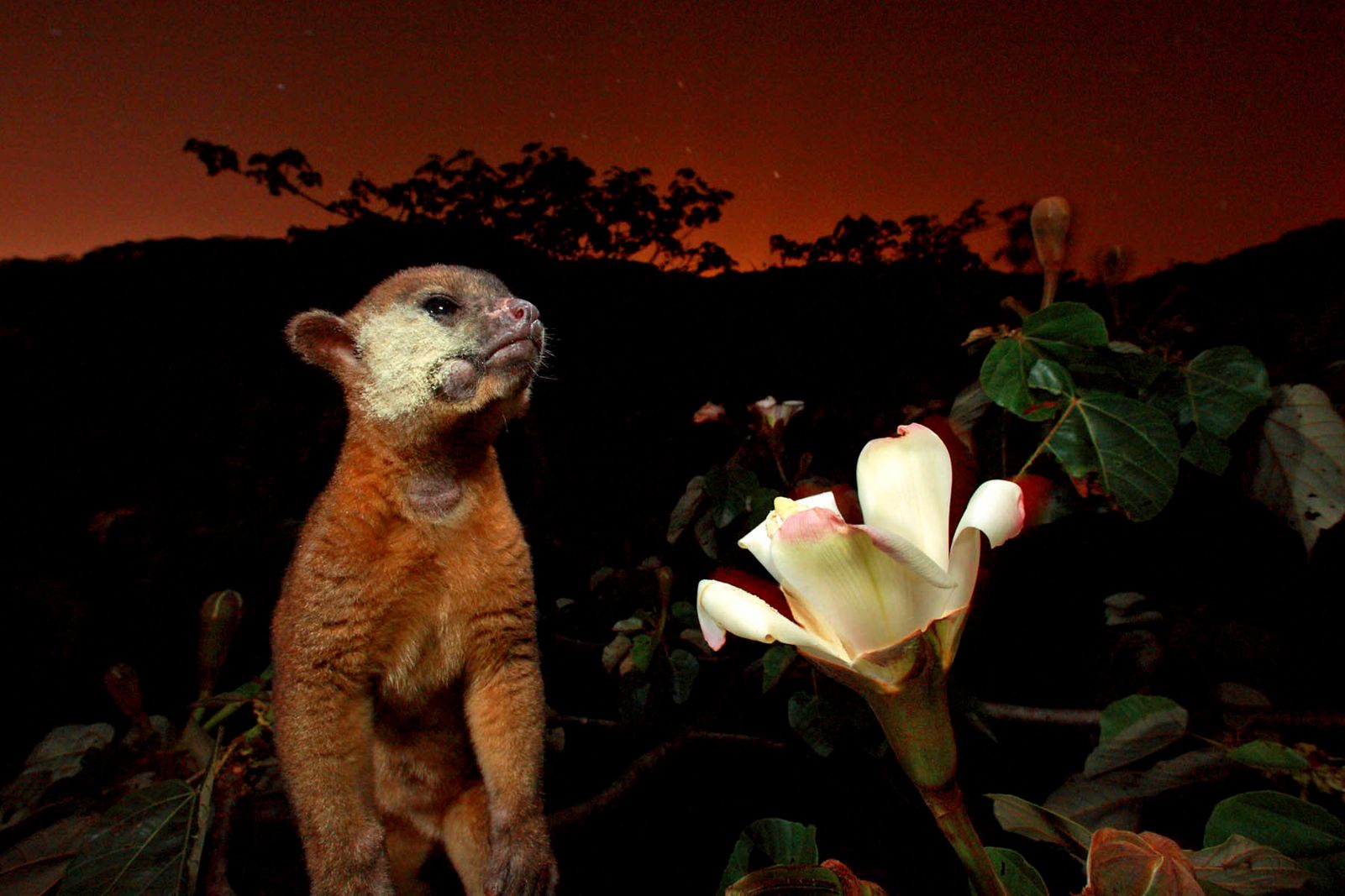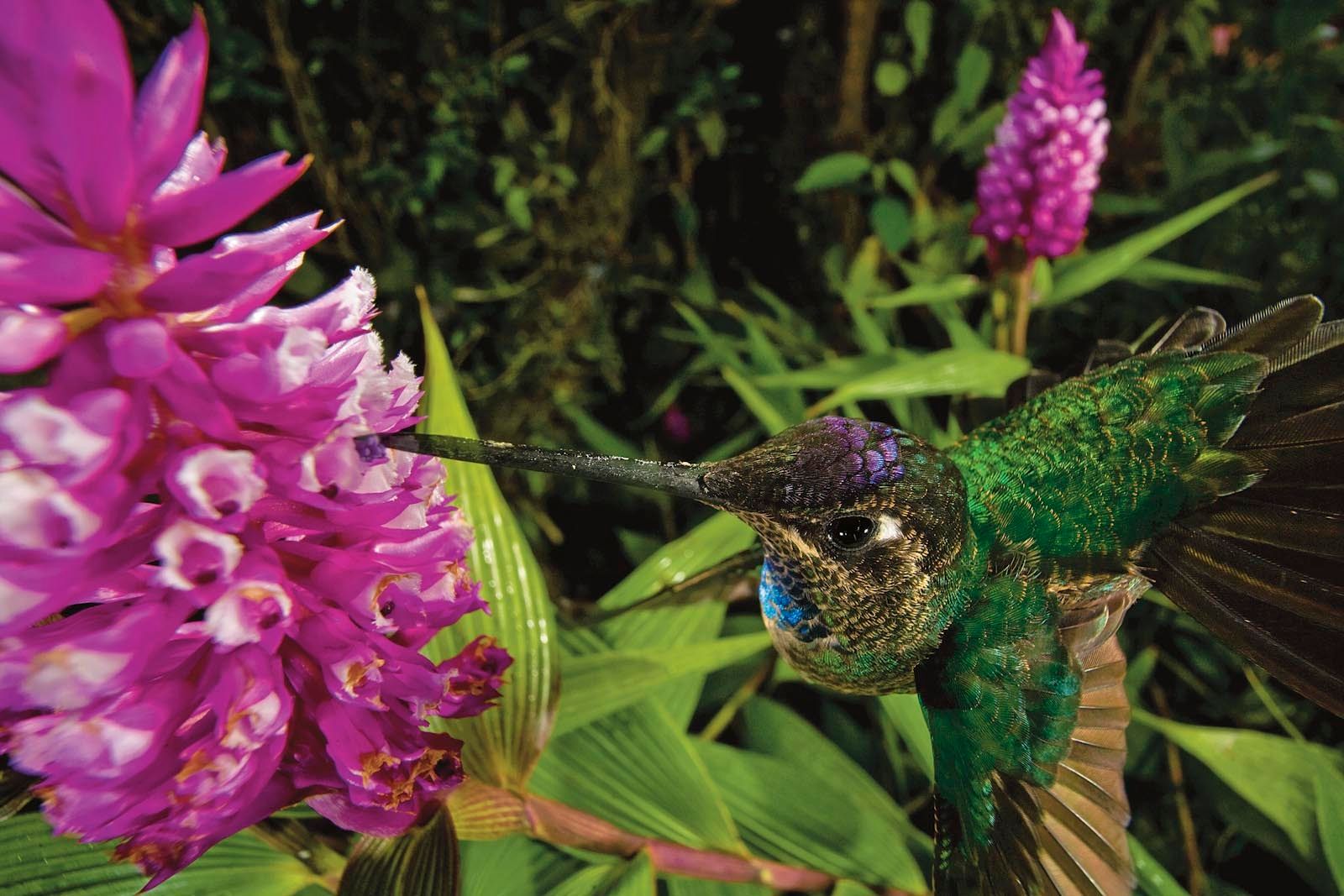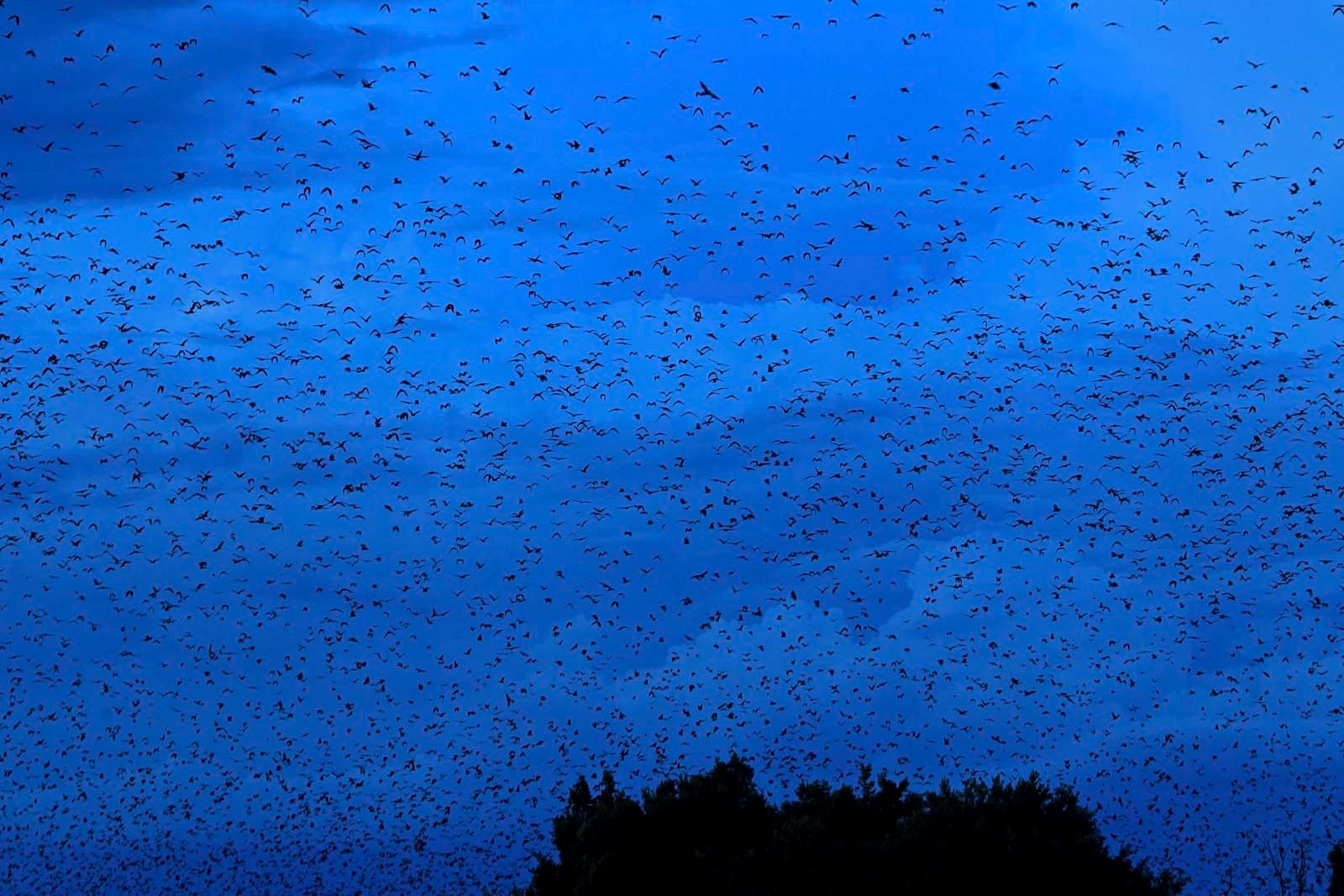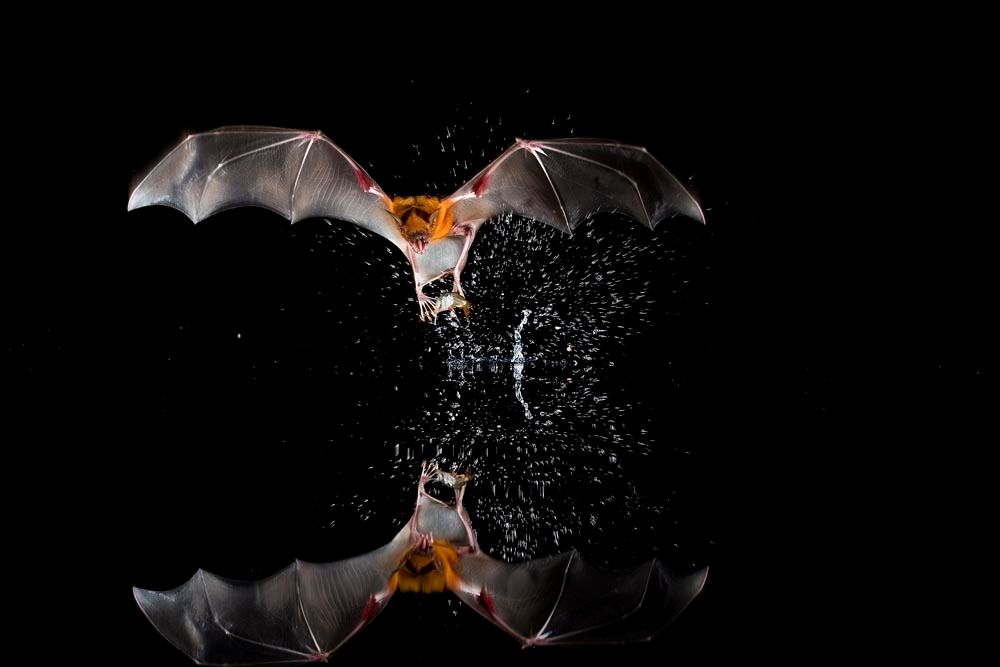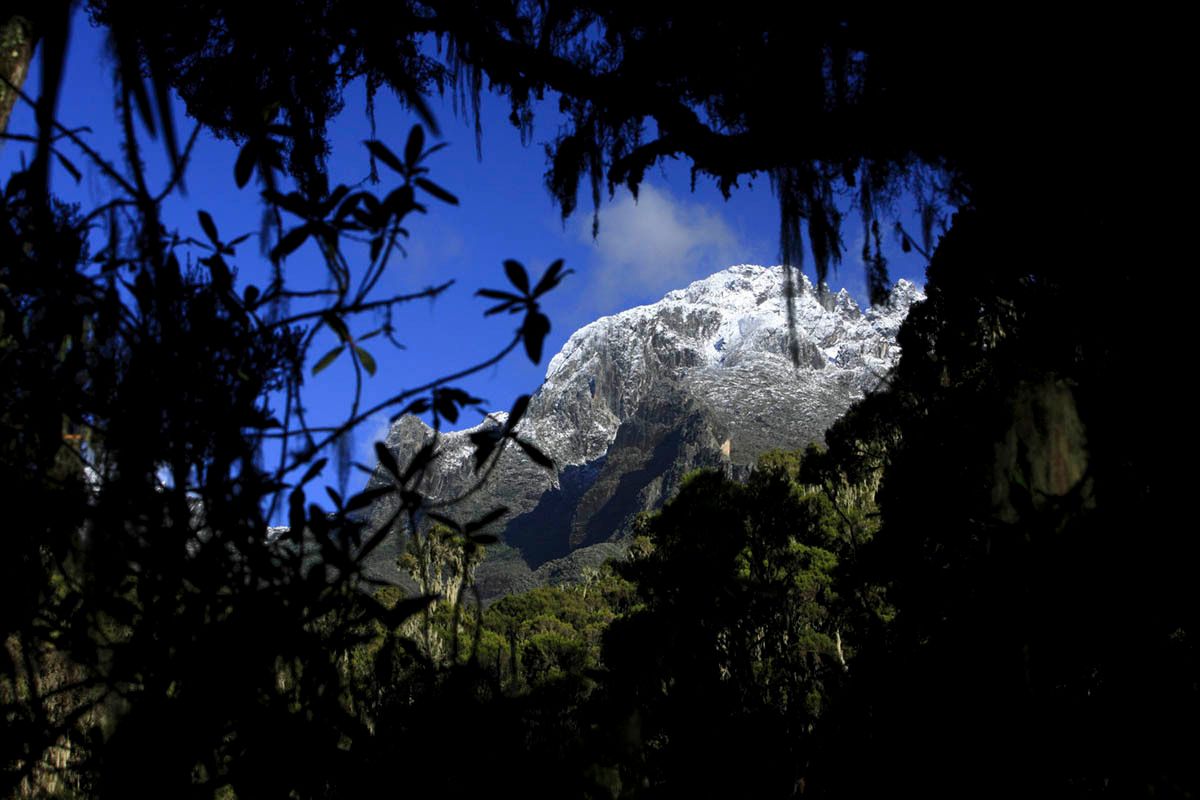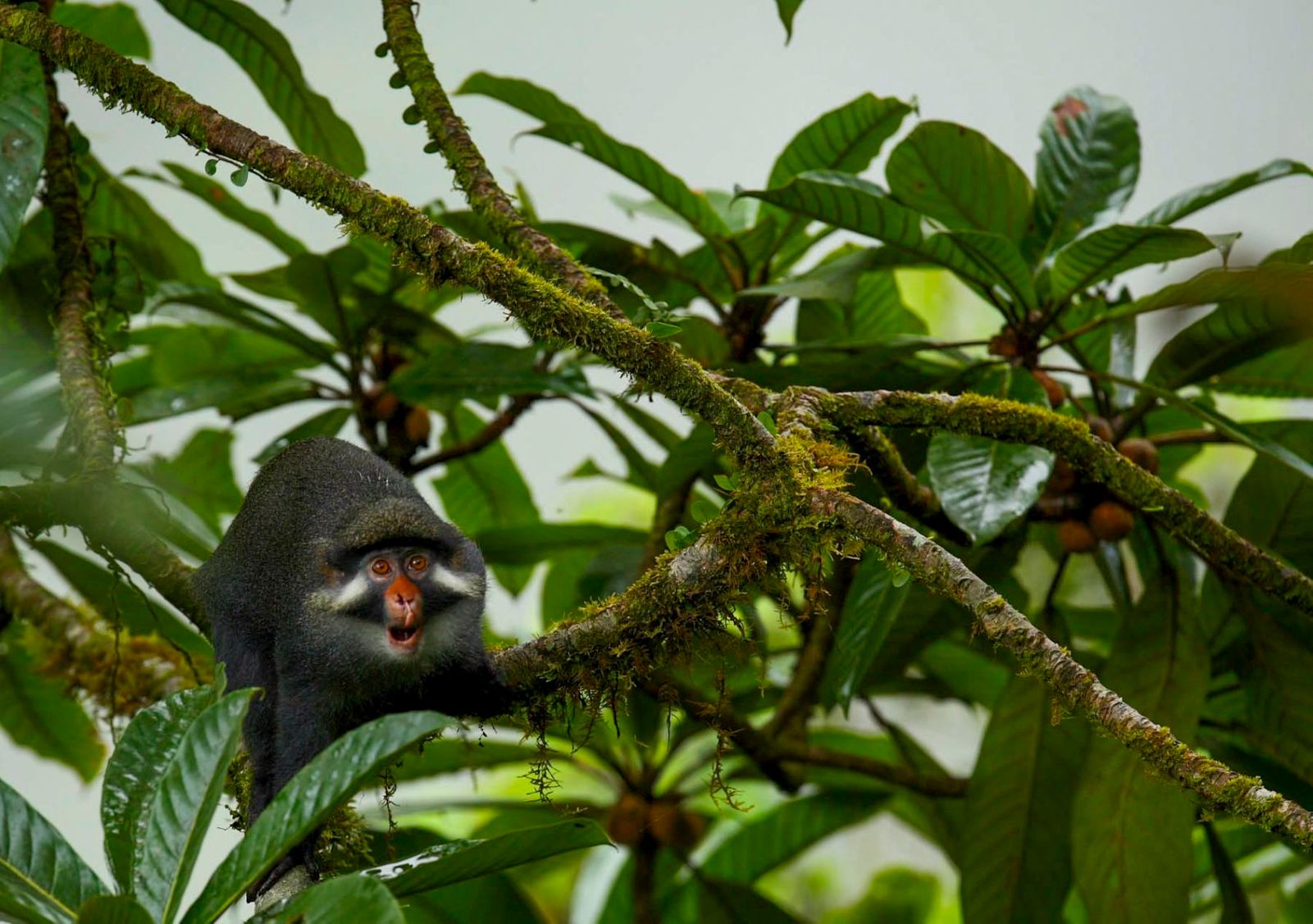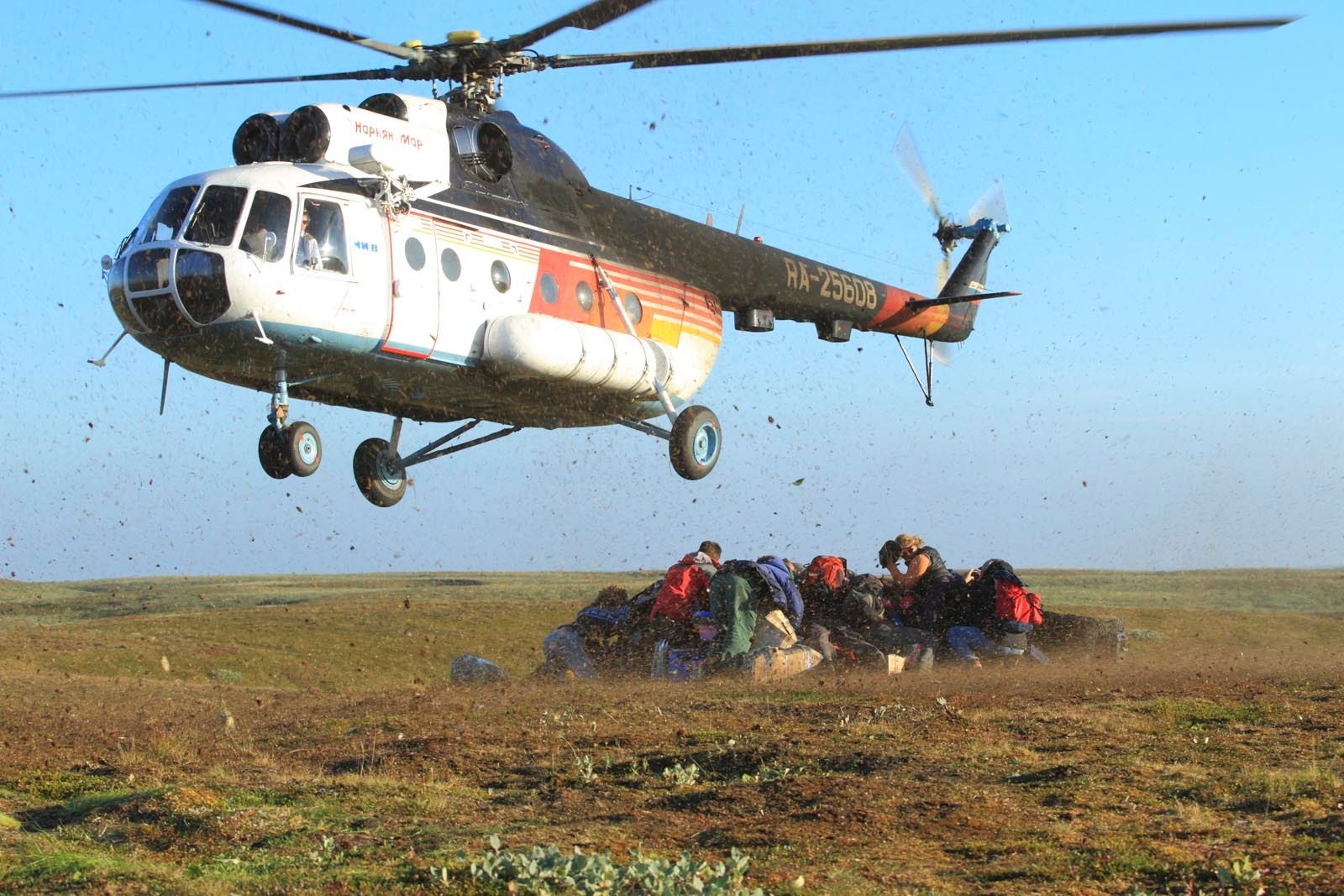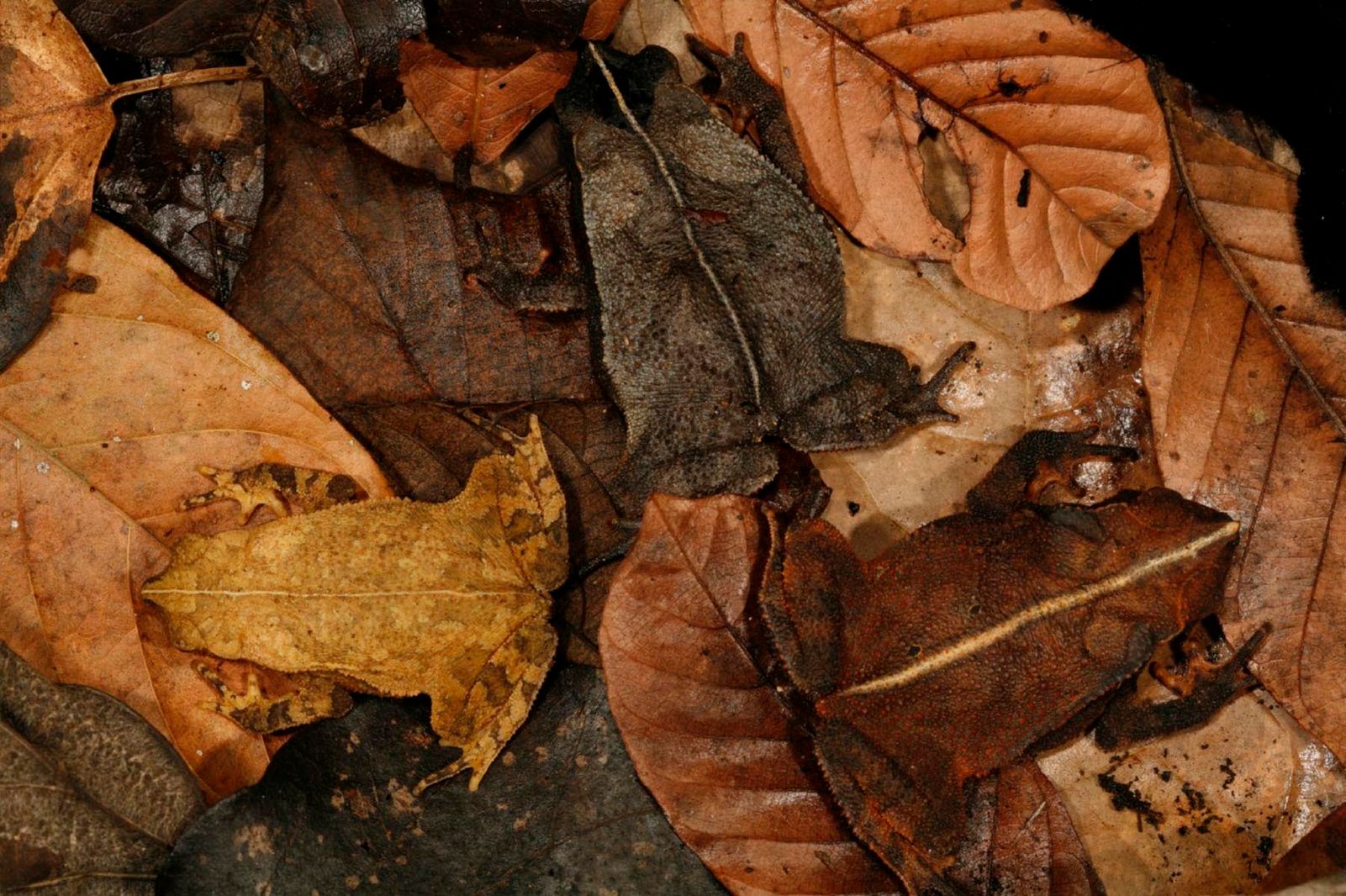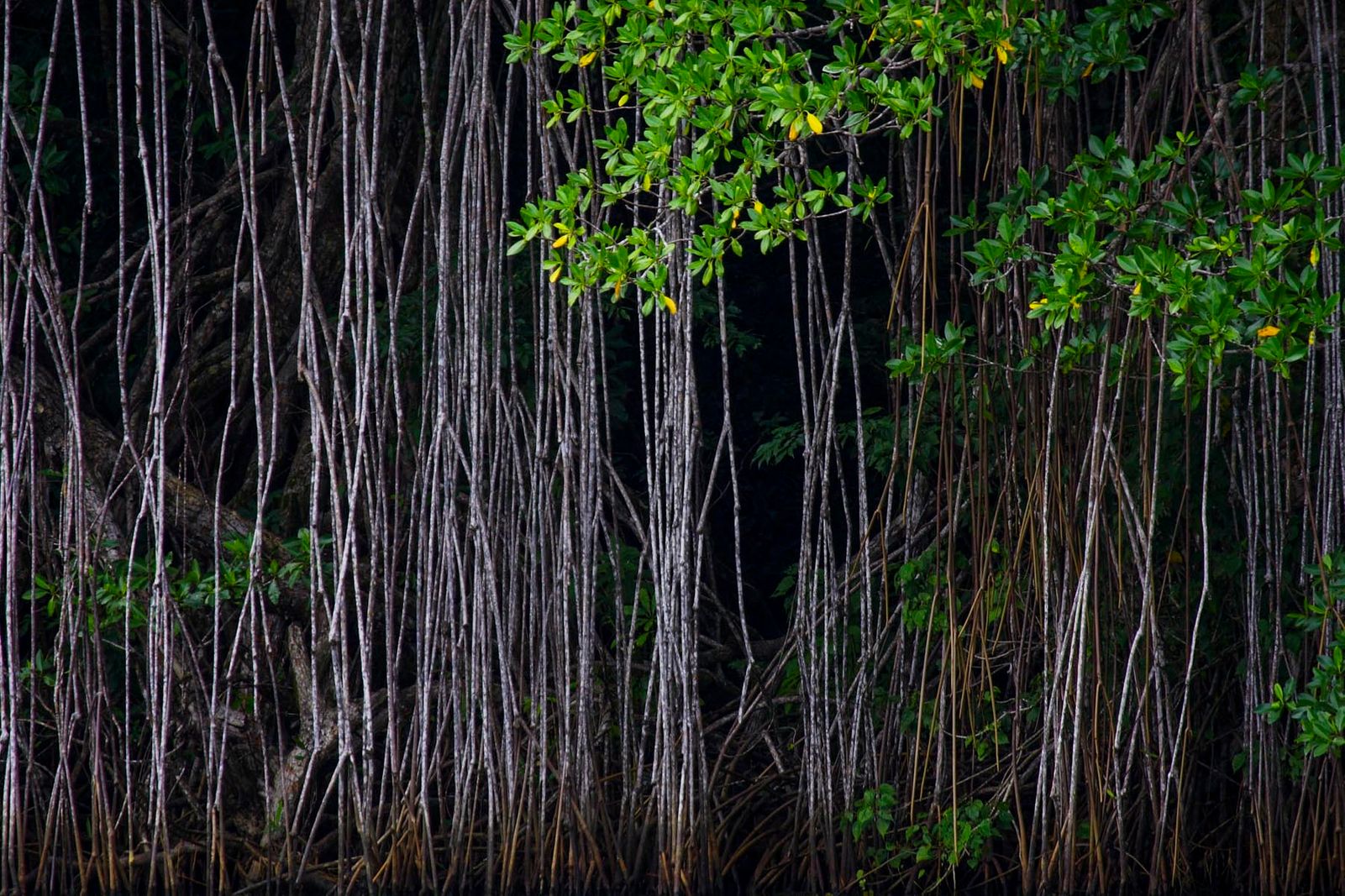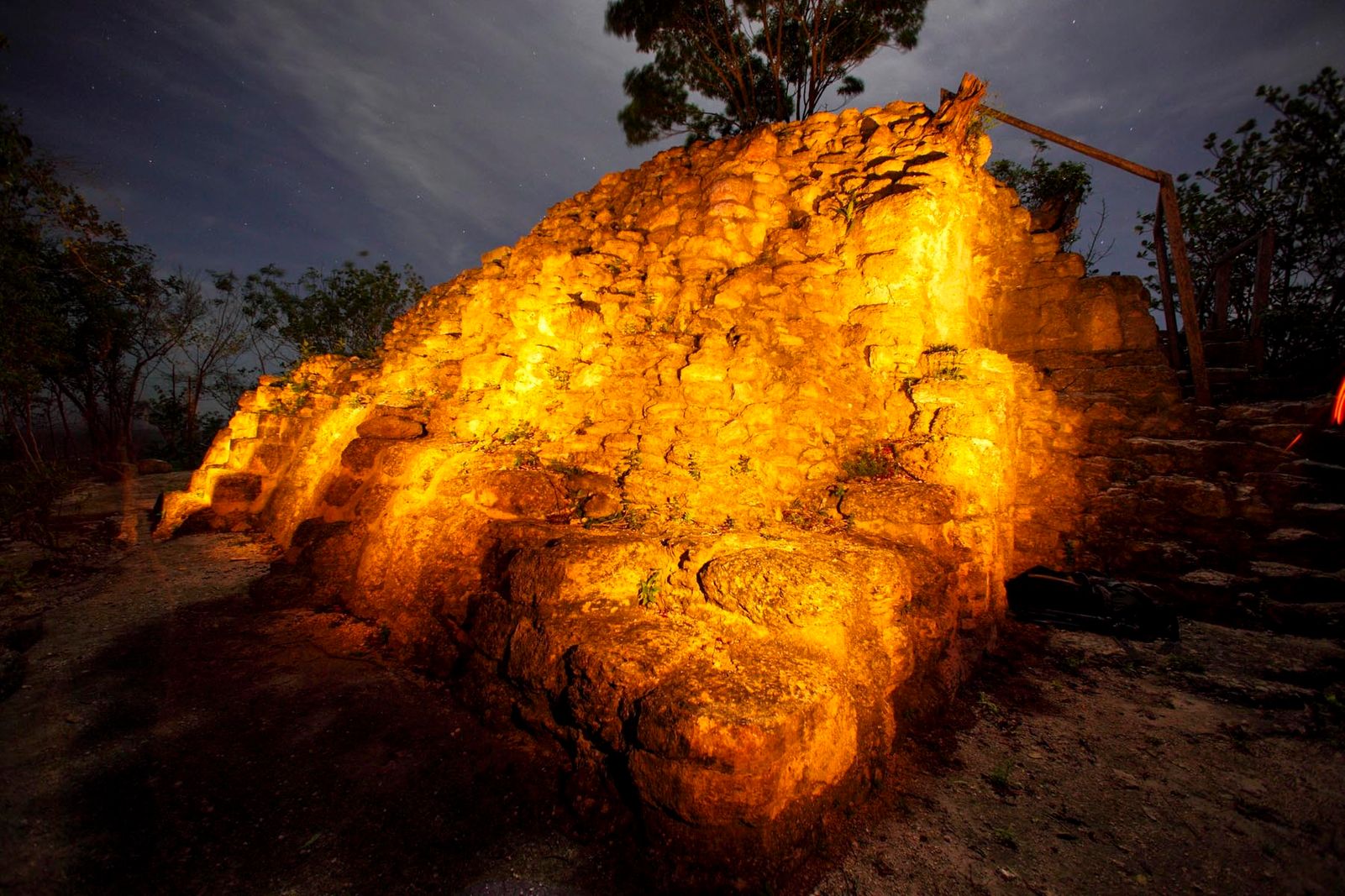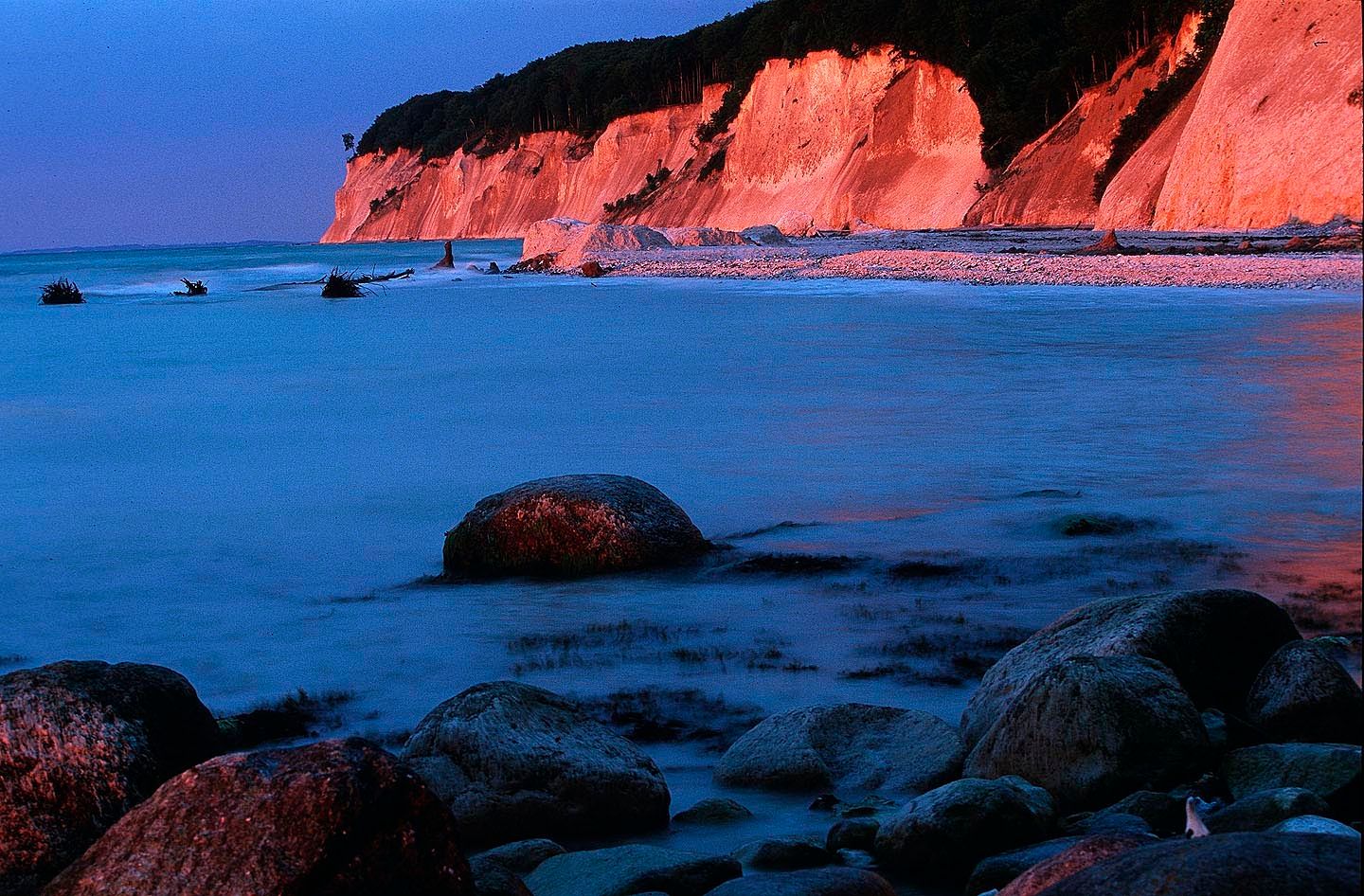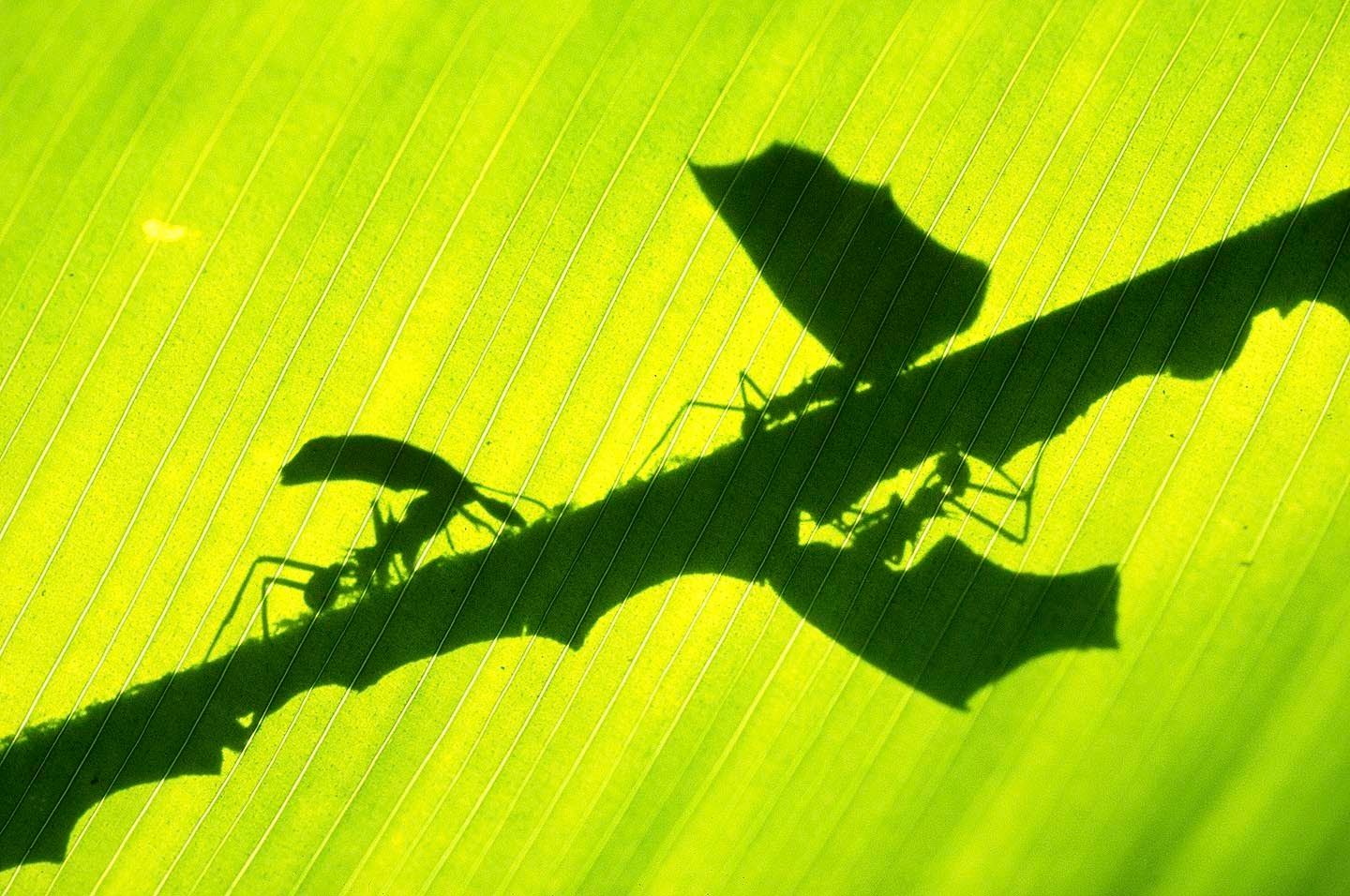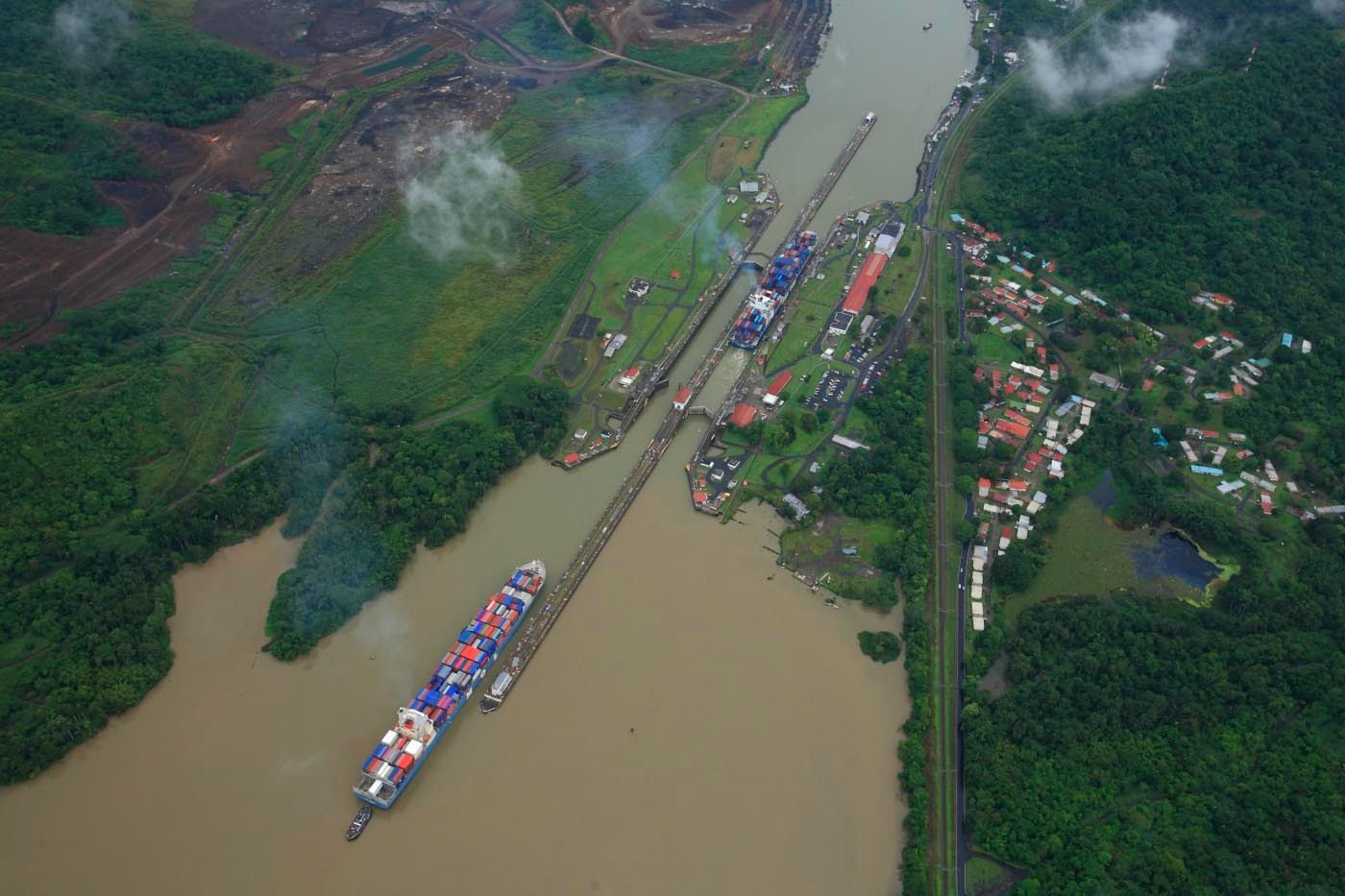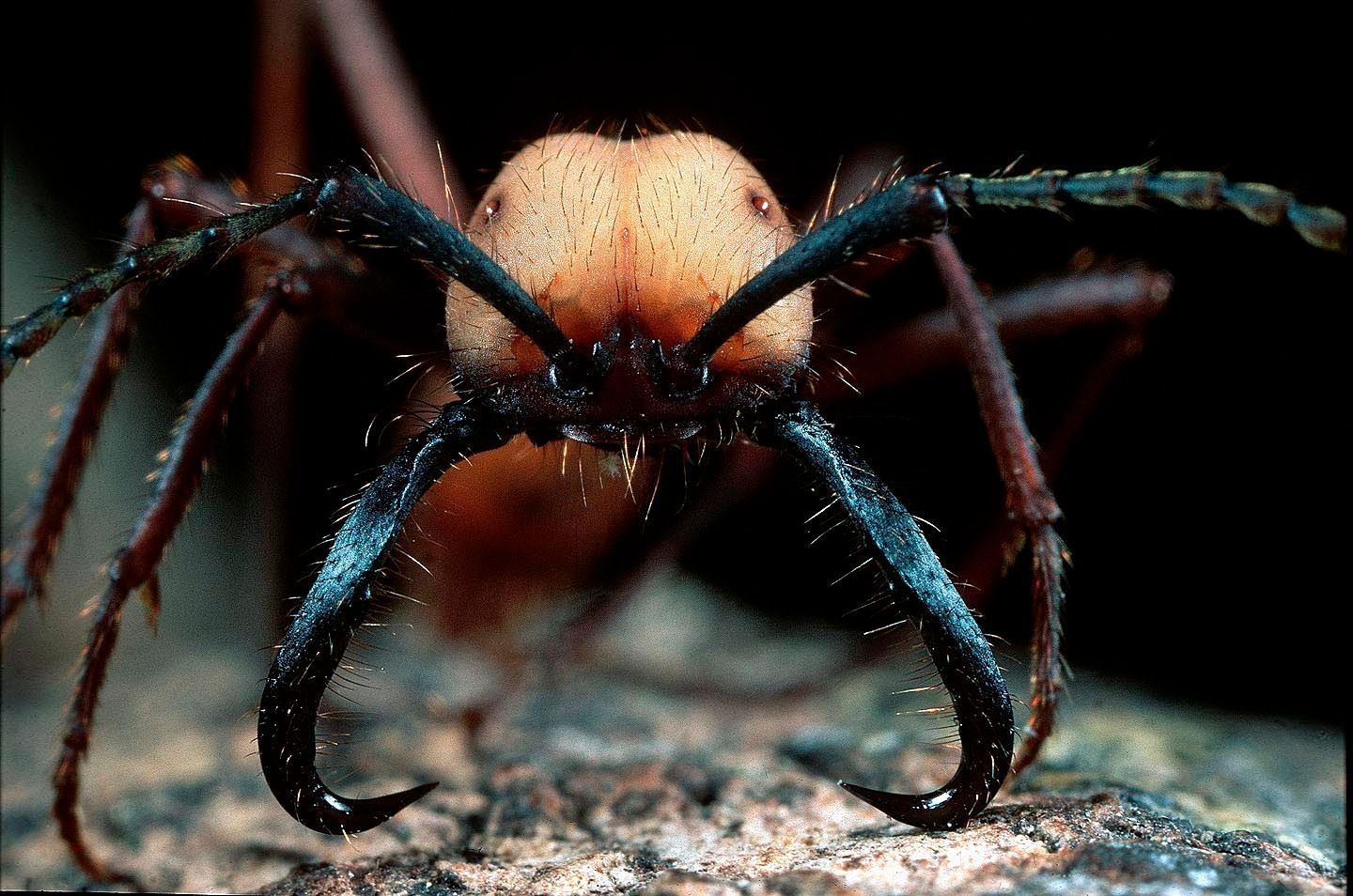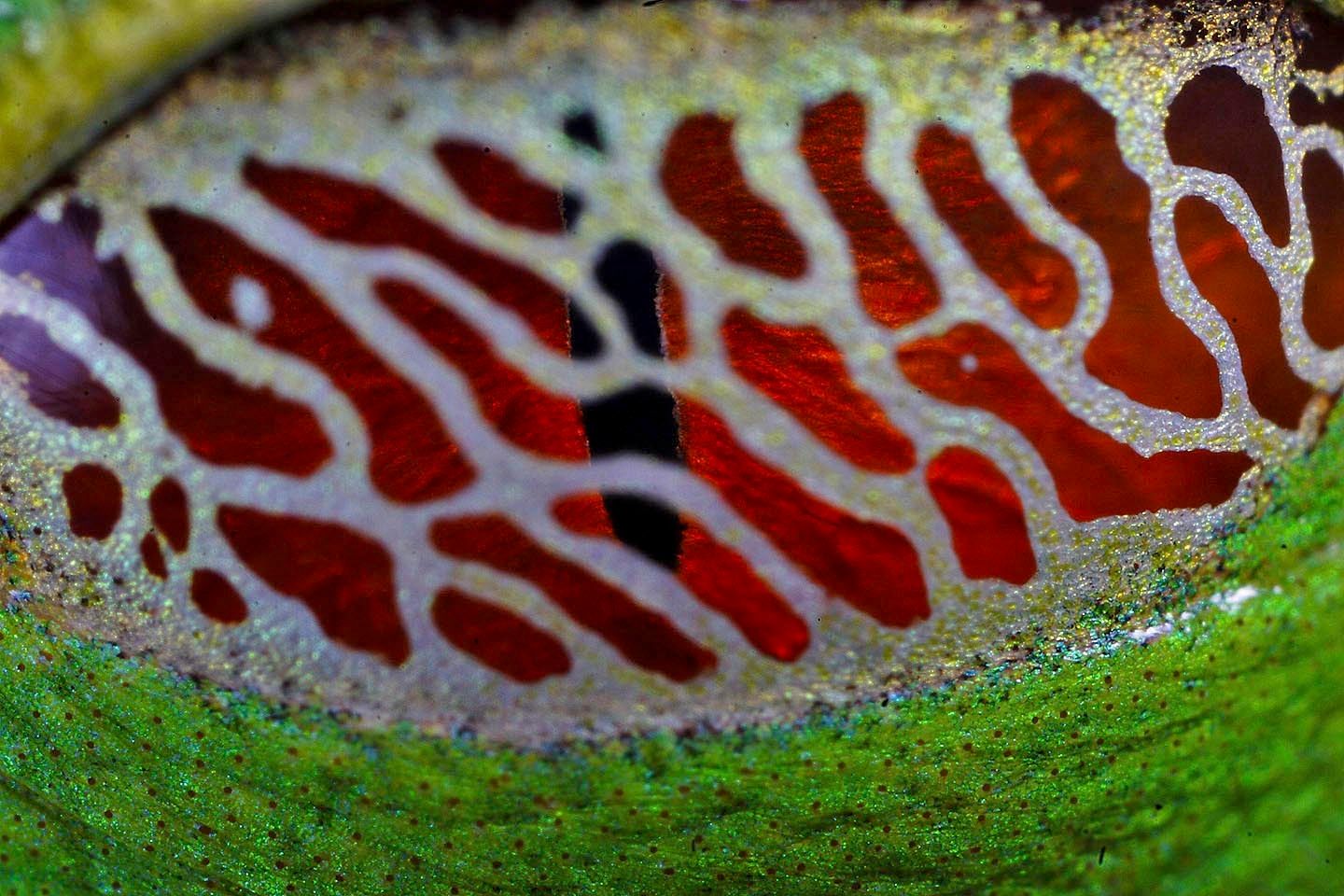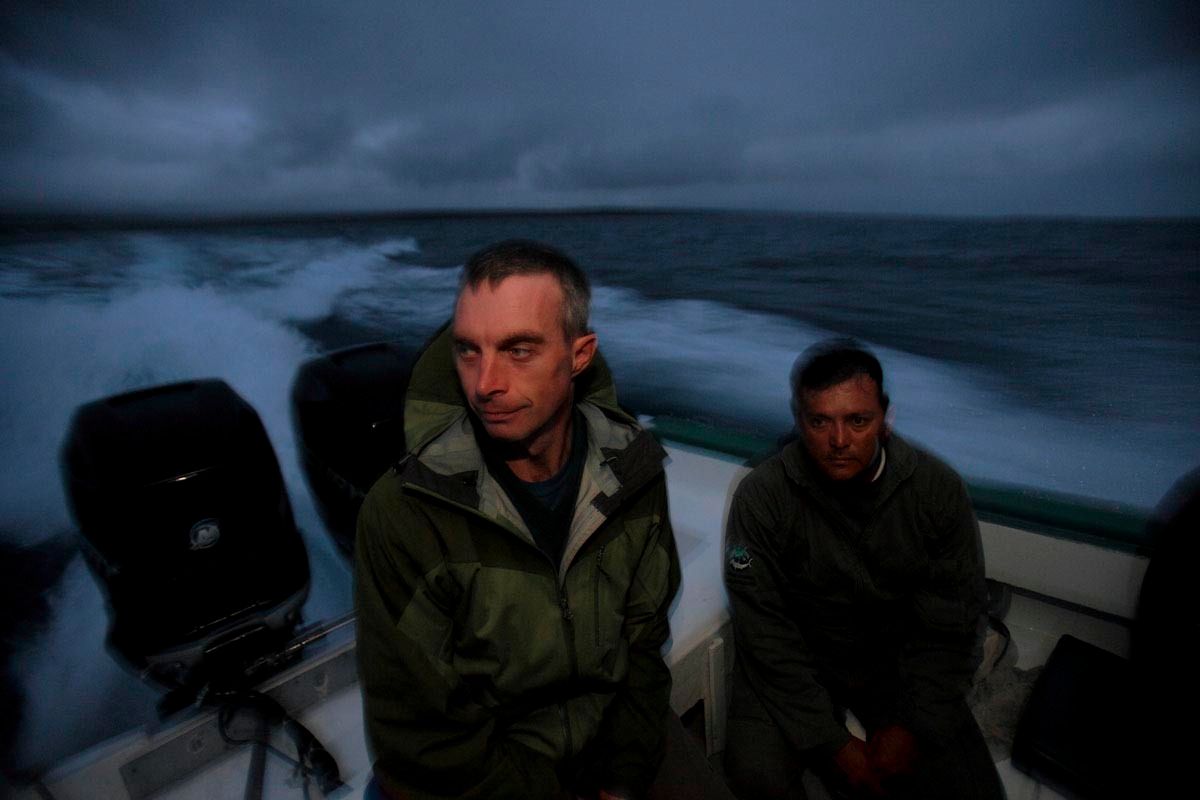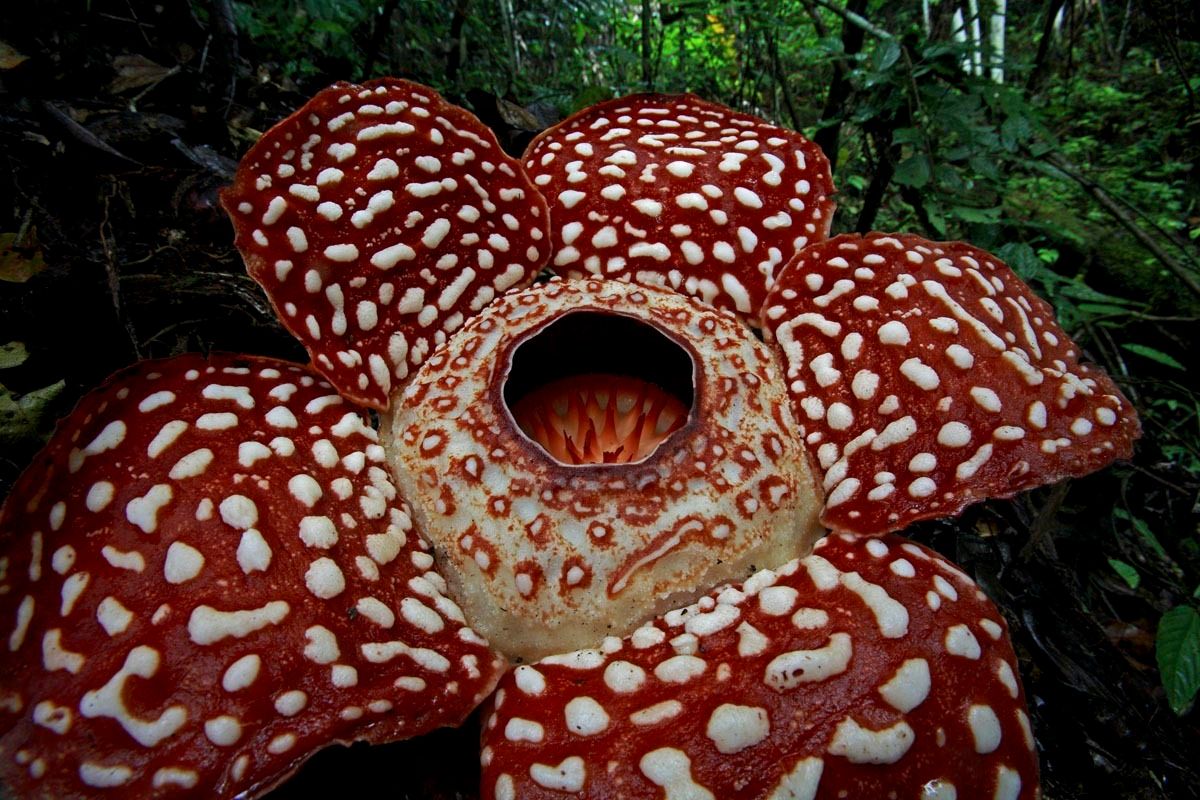Portfolio
BORNEO – Mast fruiting – a forest in fruit
While many animals eat fruit and disperse the seeds in their feces, others feed on the seeds themselves. Rodents and wild pigs, in particular, love to feast on palm nuts and the large seeds of some canopy trees. However, in Southeast Asia the forests have evolved a strategy to enable some seeds to escape. Here, the trees produce no seeds for years, deliberately starving the seed predators. Then, in a single year, hundreds of forest tree...
moreGlobal Fig trees
Fig trees - some 1000 species of the genus Ficus - inhabit tropical and subtropical woodlands and forests around the world. No other tree group has such a distribution (5 continents) and such fruit abundance. Ranging in appearance from little bushes to giant trees, they all share a complex, and highly specialized mode of pollination: each species of fig depends on its own specific species of tiny fig wasp as pollinator. Each species also has...
moreGlobal Lianas
Climbing plants belong to one the most diverse and yet understudied group of plants on Earth. There are thousands of species of climbing plants that belong to hundreds of different plant families. Climbers can be found in tropical and temperate forests around the world; the vast majority of climbers, however, are found in the tropics. In fact, the abundance of lianas is a key difference between temperate and tropical forests.
The...
moreJungle Spirits: A new book
National Geographic photographer Christian Ziegler and tropical ecologist Dr. Daisy Dent take us on a fascinating journey through tropical rainforests around the world. Together they share their love of tropical forests and the story behind Christian’s motivation for becoming a conservation photographer.
With their photography and compelling stories, Christian and Daisy want to excite you about the wonders of the natural world and...
moreSecondary Forest in Panama - a hopefully story !
Secondary forests now make up more than 50% of the world’s remaining tropical forests. These forests regrow on abandoned land across the tropics, and could help compensate for the loss of primary forest. Many people assume that when a tropical forest is cut down it can never regrow and develop the same complexity, but evidence suggests that within just 50 years the biodiversity of plant and animal species in secondary forests is on average...
moreCoiba island - a jewel of biodiversity in Panama
Coiba Island is Central America’s largest uninhabited island (some 500 square kilometers); a truly unique place with many endemic and rare species of animals and plants. Coiba was a penal colony for almost 100 years until 10 years ago, and so through a quirk in history, it is still covered with lush rainforest that has long gone on the mainland - a time capsule with high conservation value. A forested rock in the rich Pacific Ocean that...
moreThreatened Chameleons of Madagascar
D I S A P P E A R I N G D I V E R S I T Y
Bertrand lifts up the tiny chameleon on the tip of
his finger, and we stare at this little marvel in
wonder. Early this morning we clambered up
over the limestone cliffs behind the beach where
we had camped to look for chameleons in the dry
forest that covers this tiny island off Madagascar’s
north coast. Bertrand Razafimahatratra is my
guide and an...
moreBhutan - migration of animals
Bhutan, the mysterious Buddhist kingdom in the heart of the Himalaya, which has been closed off from the world for hundreds of year, spreads across breathtaking landscapes from subtropical lowlands to peaks of more then 7000 meters. With 60% of the country protected by government degree, there is abundant, mostly unaltered, and well protected flora and fauna, a striking difference to all the rest of the Himalaya which has suffered much...
more